Many American cities are defined by their skylines, shopping districts, or cultural institutions—but others stand out for the extraordinary green spaces that have become their defining feature. These urban areas have invested in creating parks that aren’t mere afterthoughts but have become central to their identity and daily life.
The parks in these cities serve as community gathering spots, tourist destinations, and sources of civic pride. Here is a list of 15 cities across the United States where the parks aren’t just amenities—they’re the main reason people visit and live there.
Portland, Oregon
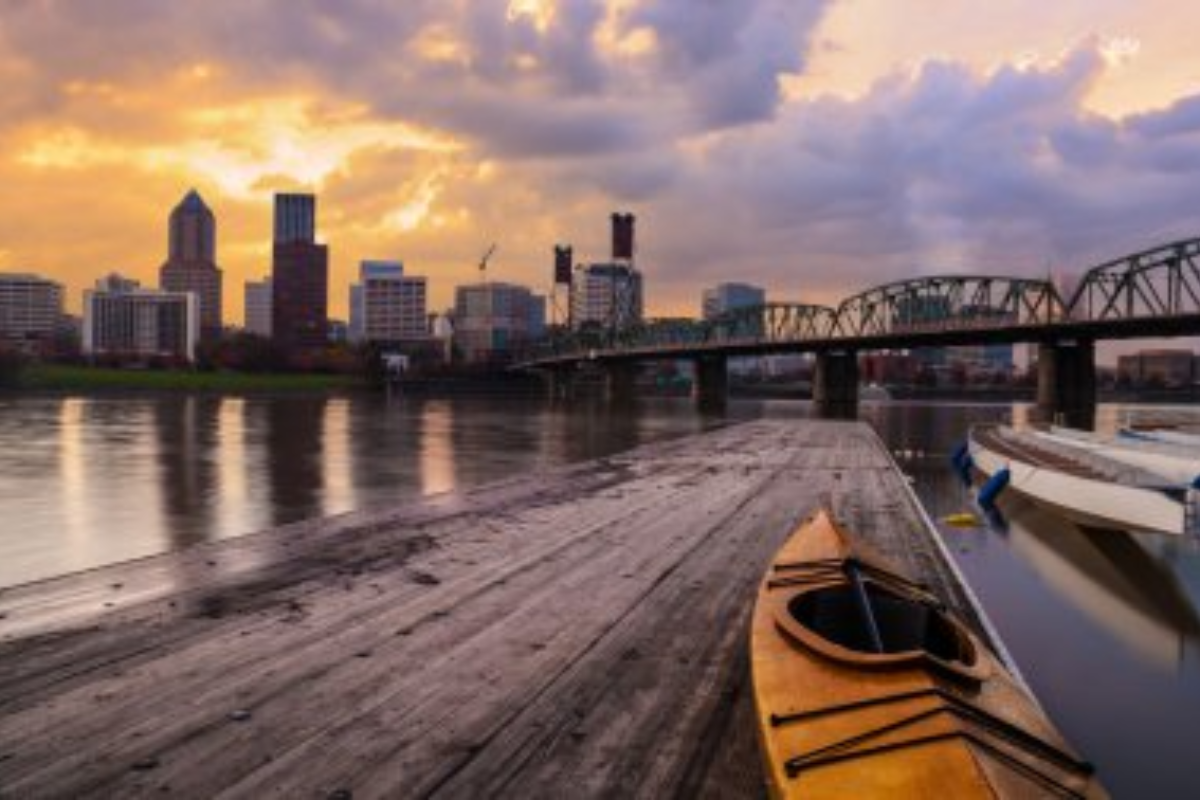
Portland’s extensive park system spans over 10,000 acres and includes the world’s smallest dedicated park—Mill Ends Park—measuring just two feet across. Forest Park, the city’s crown jewel, covers more than 5,200 acres, making it one of America’s largest urban forests with over 80 miles of trails winding through dense Pacific Northwest woodland.
The city’s commitment to green space extends to the Tom McCall Waterfront Park, which replaced a former expressway and now hosts major events like the Portland Rose Festival. Even downtown at Pioneer Courthouse Square—known as Portland’s living room—functions as an urban park where residents gather year-round for concerts and festivals and simply enjoy the Northwest’s occasional sunshine.
Minneapolis, Minnesota
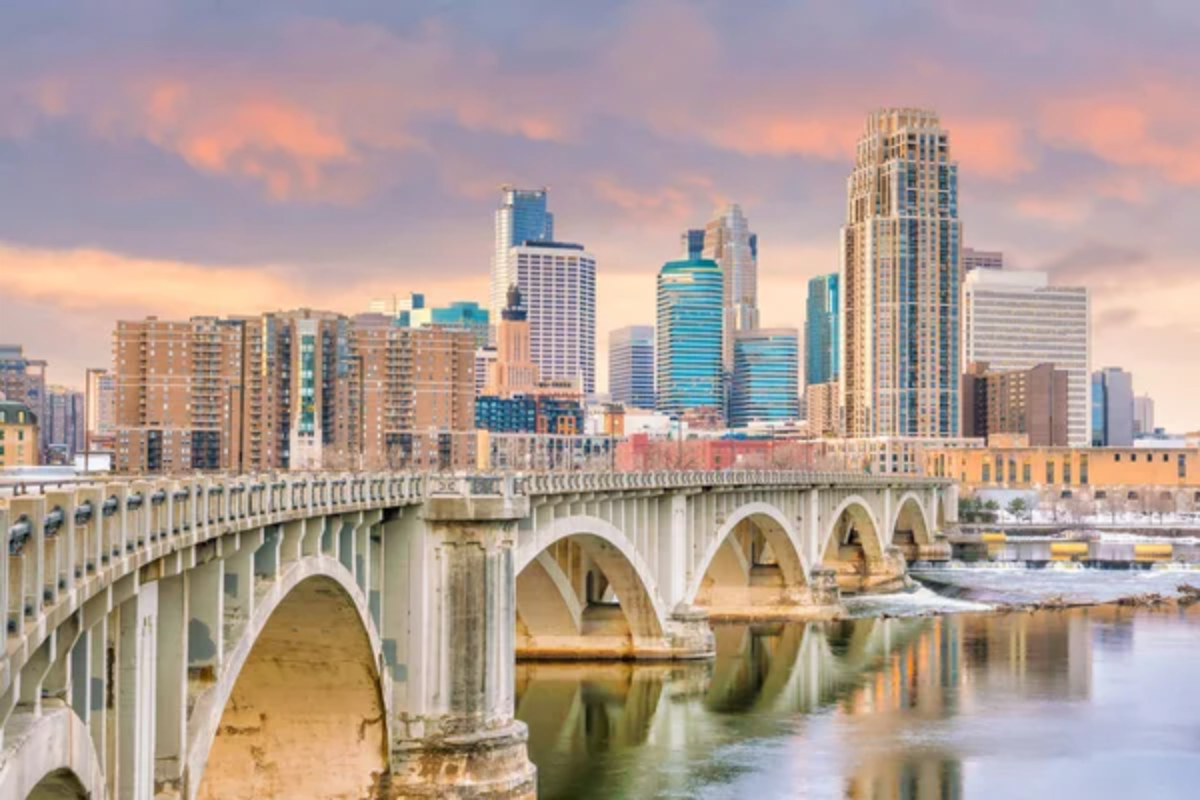
Minneapolis boasts a park system so exceptional it’s been ranked the nation’s best for six years running by the Trust for Public Land. The city’s Chain of Lakes—including Lake of the Isles, Lake Calhoun/Bde Maka Ska, Lake Harriet, and Cedar Lake—forms the heart of a park system where 98% of residents live within a 10-minute walk of green space.
Minnehaha Park features the 53-foot Minnehaha Falls made famous by Henry Wadsworth Longfellow’s poem ‘The Song of Hiawatha.’ The city’s commitment extends to winter when parks transform for cross-country skiing, ice skating, and the annual City of Lakes Loppet winter festival—proving that Minneapolis embraces its parks year-round despite its notoriously harsh winters.
Like Travel Pug’s content? Follow us on MSN.
San Diego, California
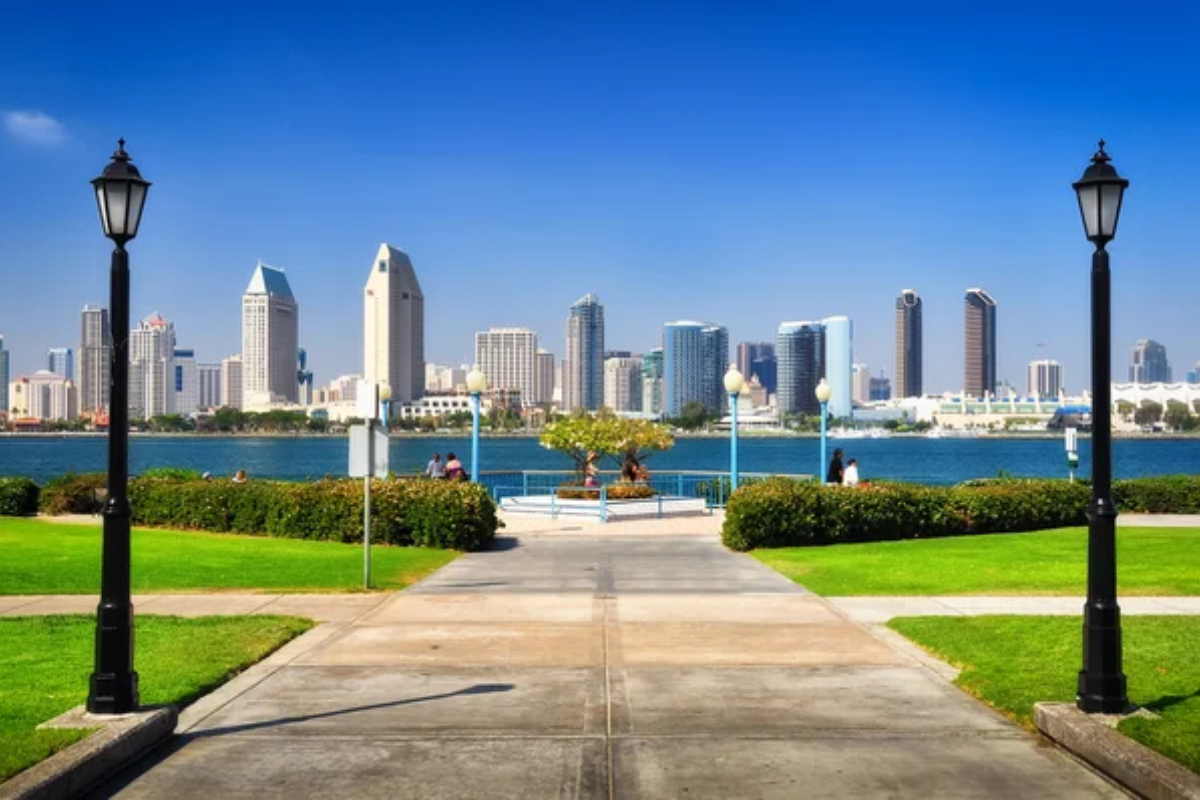
San Diego’s perfect climate makes its parks enjoyable virtually every day of the year, centered around the magnificent 1,200-acre Balboa Park—one of North America’s largest urban cultural parks. This sprawling green space houses 17 museums, the renowned San Diego Zoo, botanical gardens, and Spanish Colonial Revival architecture dating back to the 1915-1916 Panama-California Exposition.
Mission Bay Park covers 4,600 acres, roughly split between land and water, making it the largest aquatic park of its kind in the country. The city’s park system extends to the Torrey Pines State Natural Reserve, where rare Torrey pine trees cling to sandstone cliffs above the Pacific, offering hiking trails with breathtaking ocean views that make visitors forget they’re still within city limits.
Chicago, Illinois

Chicago’s relationship with public parks began in 1836 when a narrow strip of lakefront was designated public ground—ultimately evolving into the city’s motto, ‘Urbs in Horto’ (City in a Garden). Millennium Park, though relatively new, has quickly become the city’s defining public space with its iconic Cloud Gate sculpture—affectionately known as ‘The Bean’—and the interactive Crown Fountain, where digital faces spit water on delighted visitors.
Grant Park, the city’s front yard, hosts major events like Lollapalooza and Taste of Chicago, while the connected 18-mile Lakefront Trail provides uninterrupted access to Lake Michigan’s shoreline. The city’s historic park system, designed by luminaries like Frederick Law Olmsted and Jens Jensen, includes neighborhood gems like Humboldt Park and Jackson Park, site of the 1893 World’s Columbian Exposition.
San Francisco, California
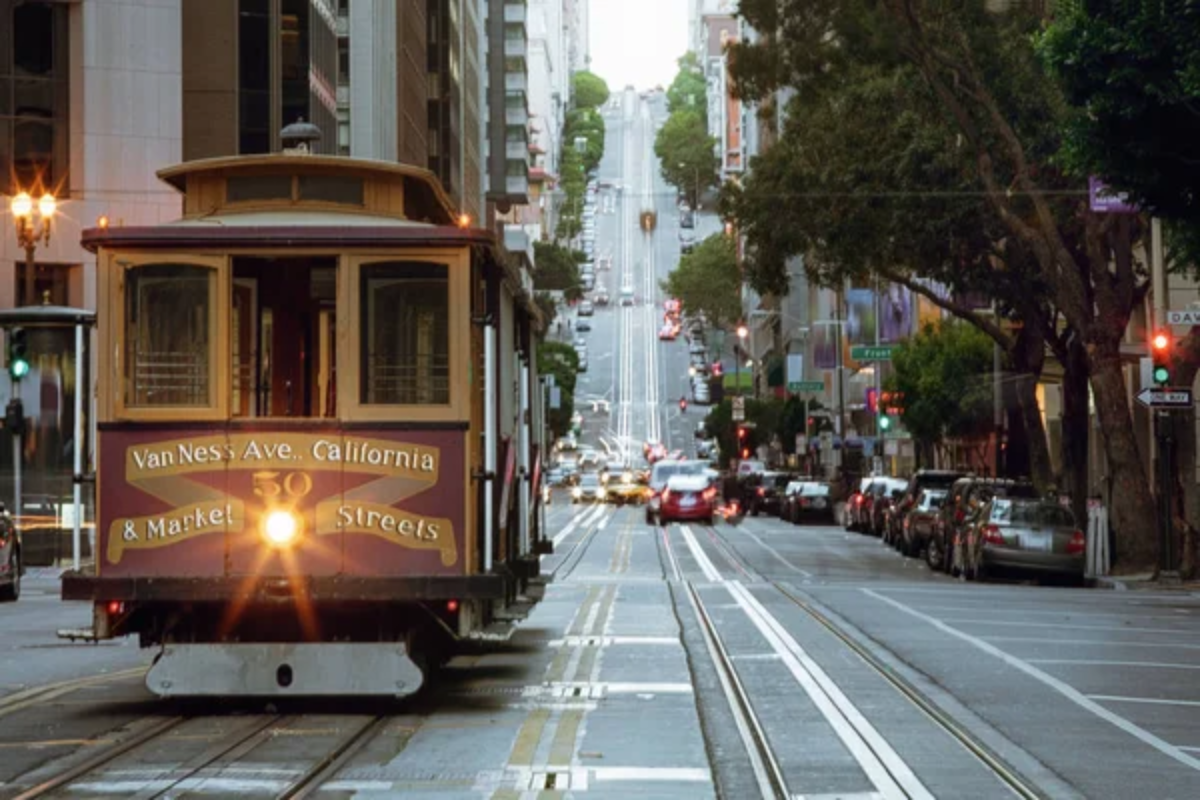
San Francisco packs an impressive array of parks into its compact 49 square miles, with Golden Gate Park serving as its verdant heart. This 1,017-acre oasis stretches from the Haight-Ashbury neighborhood to the Pacific Ocean, housing treasures like the Conservatory of Flowers, the Japanese Tea Garden, and the de Young Museum.
The Presidio, a former military base turned national park, offers hiking trails, beaches, and stunning Golden Gate Bridge views. Mission Dolores Park provides a sunny gathering spot where San Franciscans picnic while enjoying panoramic city views.
These parks provide crucial breathing room in one of America’s most densely populated cities—places where residents escape the urban hustle to recharge among redwoods, meadows, and ocean vistas.
Like Travel Pug’s content? Follow us on MSN.
Washington, D.C.
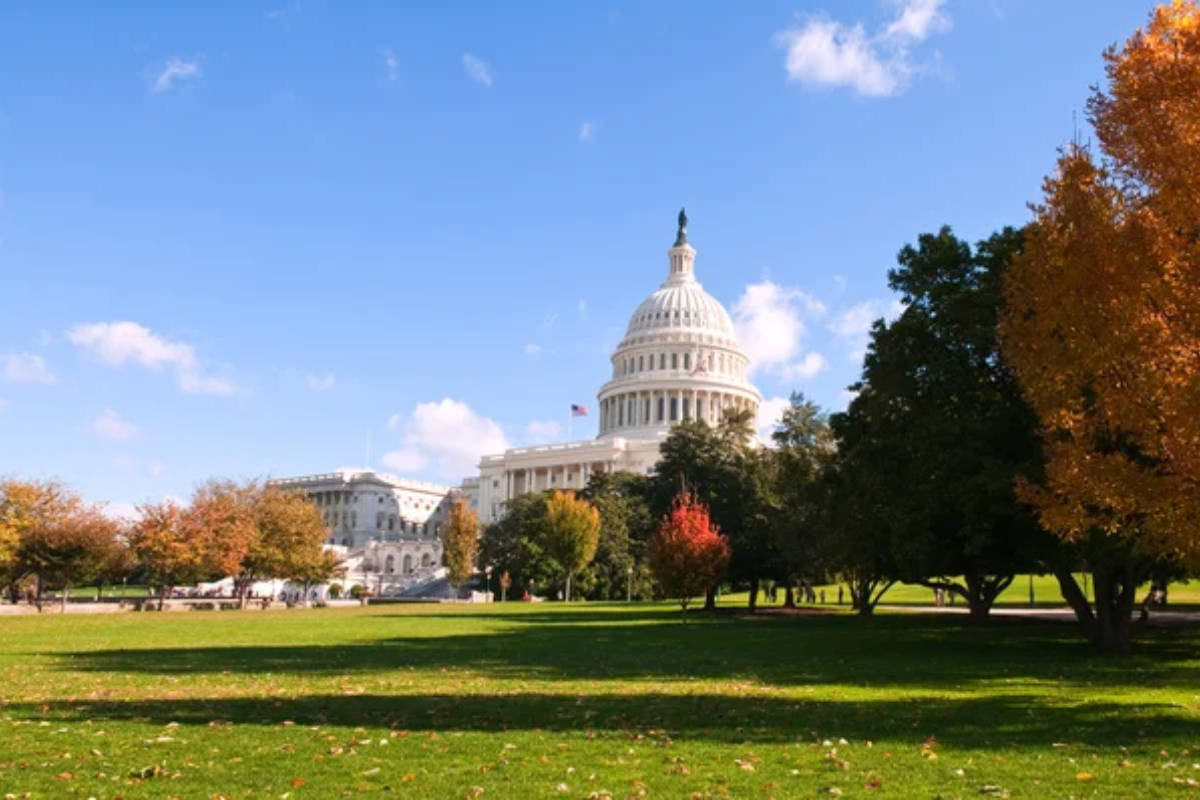
The nation’s capital was designed around parks, with the National Mall forming America’s most famous public space—a grand greensward connecting iconic monuments and museums. Beyond this tourist mecca, Rock Creek Park cuts a 1,754-acre swath through the city, offering a wilderness experience with more than 32 miles of hiking trails just minutes from downtown.
Historic Meridian Hill Park features the longest cascading fountain in North America, while the U.S. National Arboretum showcases 446 acres of gardens, including the National Bonsai & Penjing Museum.
Georgetown Waterfront Park reconnects the city to the Potomac River with terraced lawns stepping down to the water. These green spaces not only beautify the capital but also provide essential democratic gathering places where Americans exercise their rights to recreation and assembly.
Savannah, Georgia
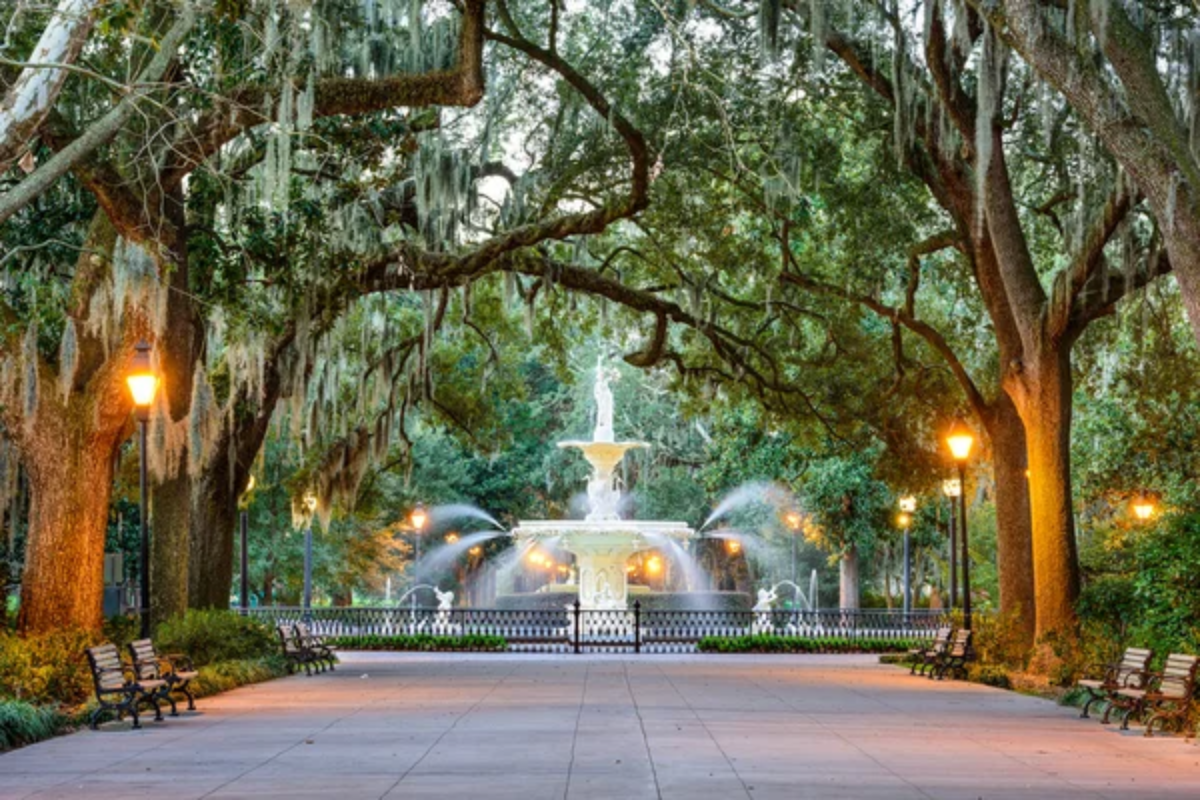
Savannah’s distinctive charm comes from its unique urban plan, featuring 22 historic squares arranged in a grid pattern throughout the downtown area. These Spanish-moss-draped mini-parks, originally designed by General James Oglethorpe in the 1730s, create neighborhood gathering spaces every few blocks—each with its character, statues, and history.
Forsyth Park, the city’s largest green space, centers around an iconic fountain modeled after those in Paris. The 30-acre oasis hosts farmers markets, concerts, and recreation against a backdrop of Victorian mansions and live oaks.
Savannah’s park system extends to Tybee Island’s beaches just 30 minutes from downtown, giving residents access to both leafy urban retreats and coastal escapes that highlight the natural beauty of Georgia’s Lowcountry.
Austin, Texas
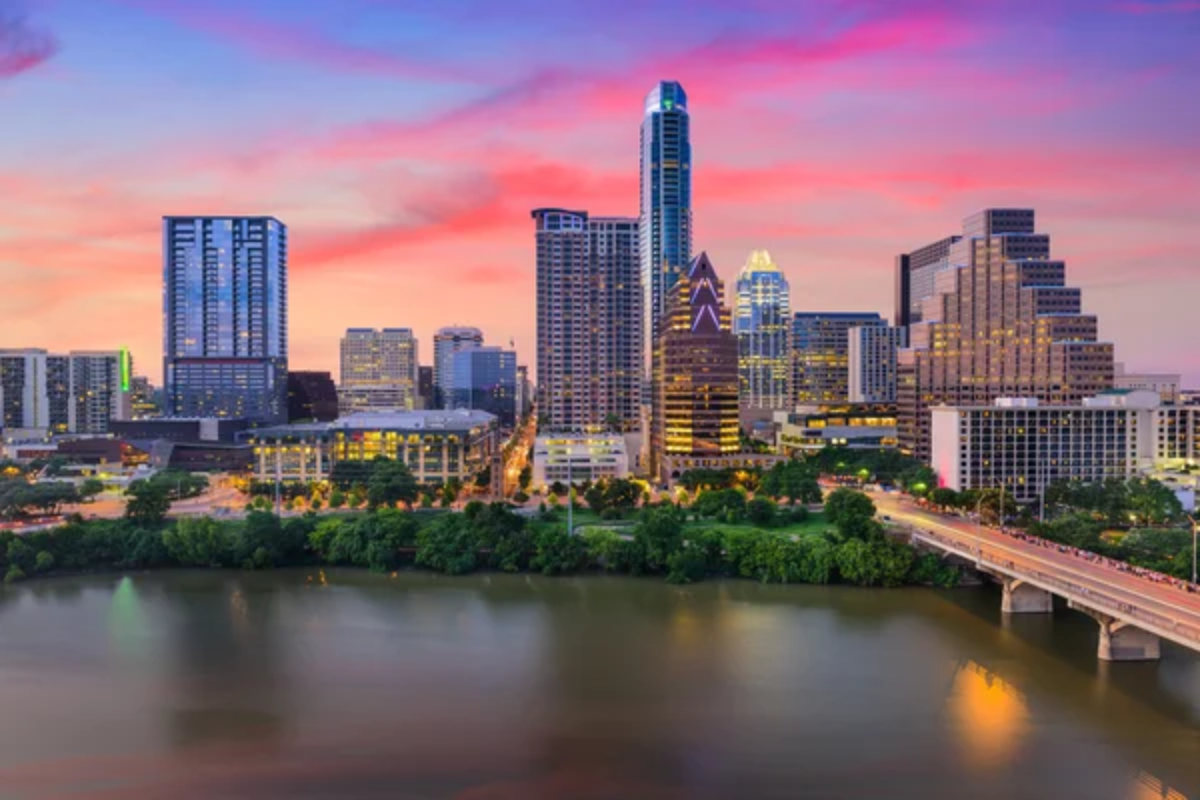
Austin’s relationship with its parks reflects the city’s motto—”Keep Austin Weird”—by preserving natural spaces that allow for uniquely local experiences. Zilker Park, the 350-acre crown jewel, hosts the Austin City Limits Music Festival and provides access to spring-fed Barton Springs Pool—a natural swimming pool maintaining a refreshing 68-degree temperature year-round.
The 10-mile Ann and Roy Butler Hike-and-Bike Trail loops around Lady Bird Lake, offering skyline views while accommodating more than 2.6 million visits annually. McKinney Falls State Park lies entirely within city limits, featuring limestone swimming pools and camping just minutes from downtown.
The city’s park system also includes repurposed spaces like Mueller Lake Park, built on former airport land, and the Veloway, a 3.1-mile paved loop exclusively for cyclists and rollerbladers.
Like Travel Pug’s content? Follow us on MSN.
St. Louis, Missouri
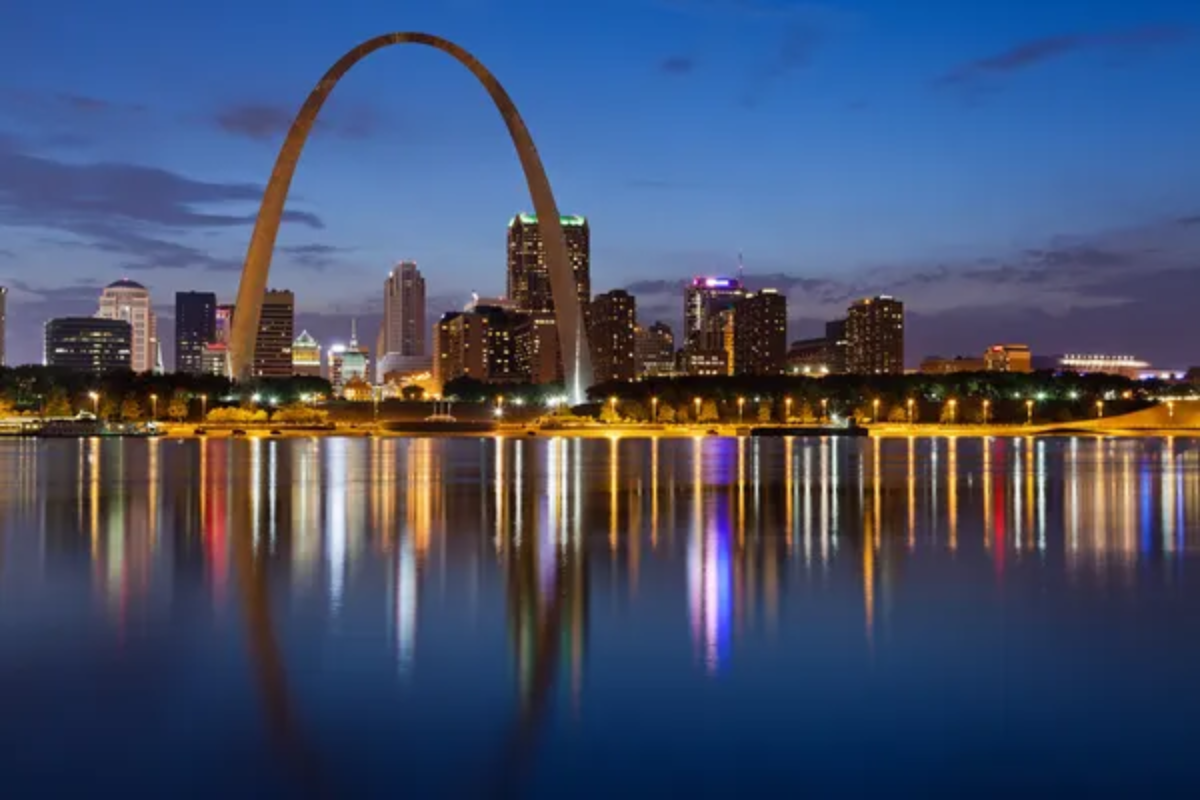
St. Louis boasts Forest Park—one of America’s greatest urban parks—covering 1,300 acres and attracting more than 13 million visitors annually. Created for the 1904 World’s Fair, this massive green space houses the city’s major cultural institutions, including the Zoo, Art Museum, Science Center, and History Museum—all offering free admission.
The Gateway Arch grounds, recently renovated and expanded, connect downtown to the Mississippi River with 91 acres of landscaped parkland beneath America’s tallest monument. Tower Grove Park, a Victorian walking park designed in 1868, features ornate pavilions and one of the most diverse tree collections in the Midwest.
These historic green spaces reflect the city’s long-standing commitment to public parks as anchors of civic life and culture.
Boston, Massachusetts

Boston’s park system includes America’s first public botanical garden and the cornerstone of Frederick Law Olmsted’s visionary “Emerald Necklace”—a 7-mile chain of parks connected by parkways and waterways. The historic Boston Common, established in 1634, remains the heart of the city as America’s oldest public park, while the adjacent Public Garden features the iconic Swan Boats, operating since 1877.
The Charles River Esplanade offers 17 miles of pathways along the water, hosting the Boston Pops’ famous Fourth of July concert. The Rose Kennedy Greenway built atop the “Big Dig” highway tunnel, transformed downtown with contemporary parks featuring public art, gardens, and food trucks.
These green spaces provide essential breathing room in a densely populated historic city where many buildings predate the automobile.
Seattle, Washington
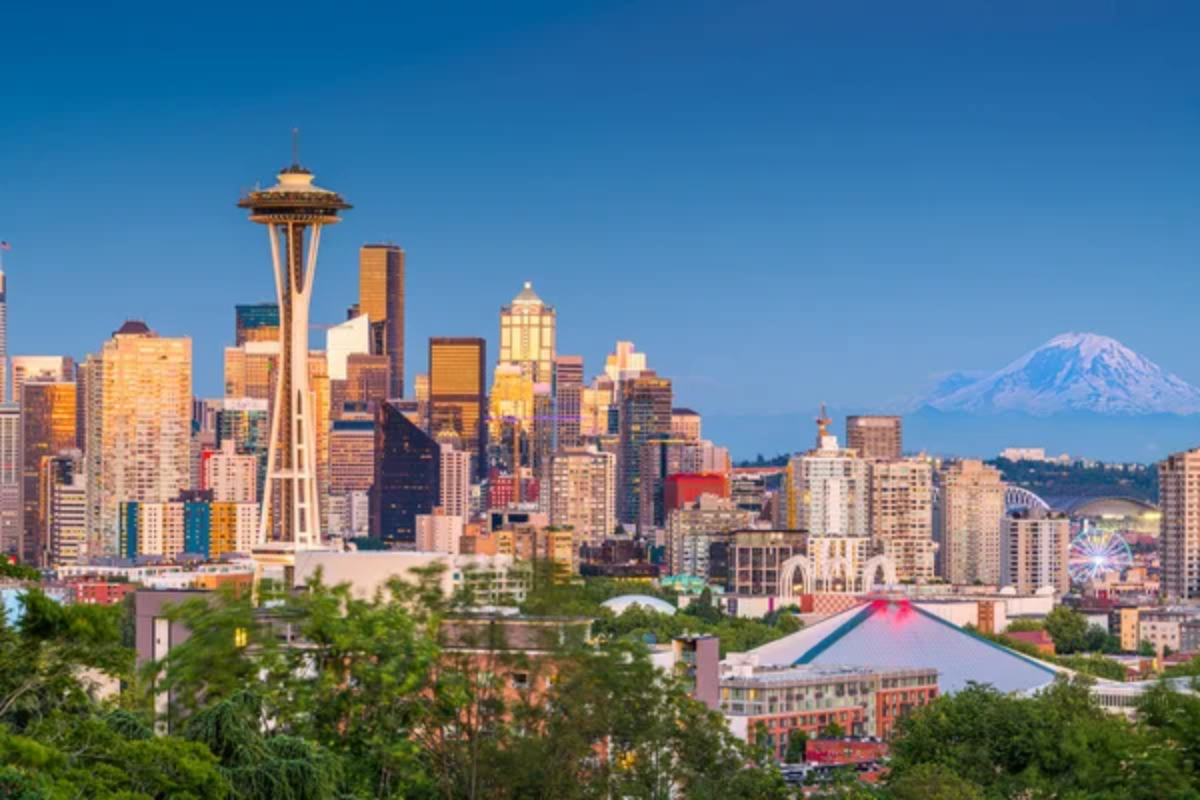
Seattle’s parks showcase the stunning natural beauty of the Pacific Northwest while providing essential public spaces in a rapidly growing city. Discovery Park, the city’s largest at 534 acres, occupies a former military base with beaches, forests, and meadows offering views across Puget Sound to the Olympic Mountains.
Gas Works Park transformed an industrial gasification plant into a quirky public space where rusting machinery serves as playground equipment and landscape features. Kerry Park may be tiny, but it provides Seattle’s most photographed viewpoint—a postcard-perfect vista of the Space Needle against downtown skyscrapers with Mount Rainier appearing on clear days.
The city’s newest park addition, Olympic Sculpture Park, cascades down to the waterfront, successfully reclaiming industrial land for public art and access to Elliott Bay.
Like Travel Pug’s content? Follow us on MSN.
New Orleans, Louisiana
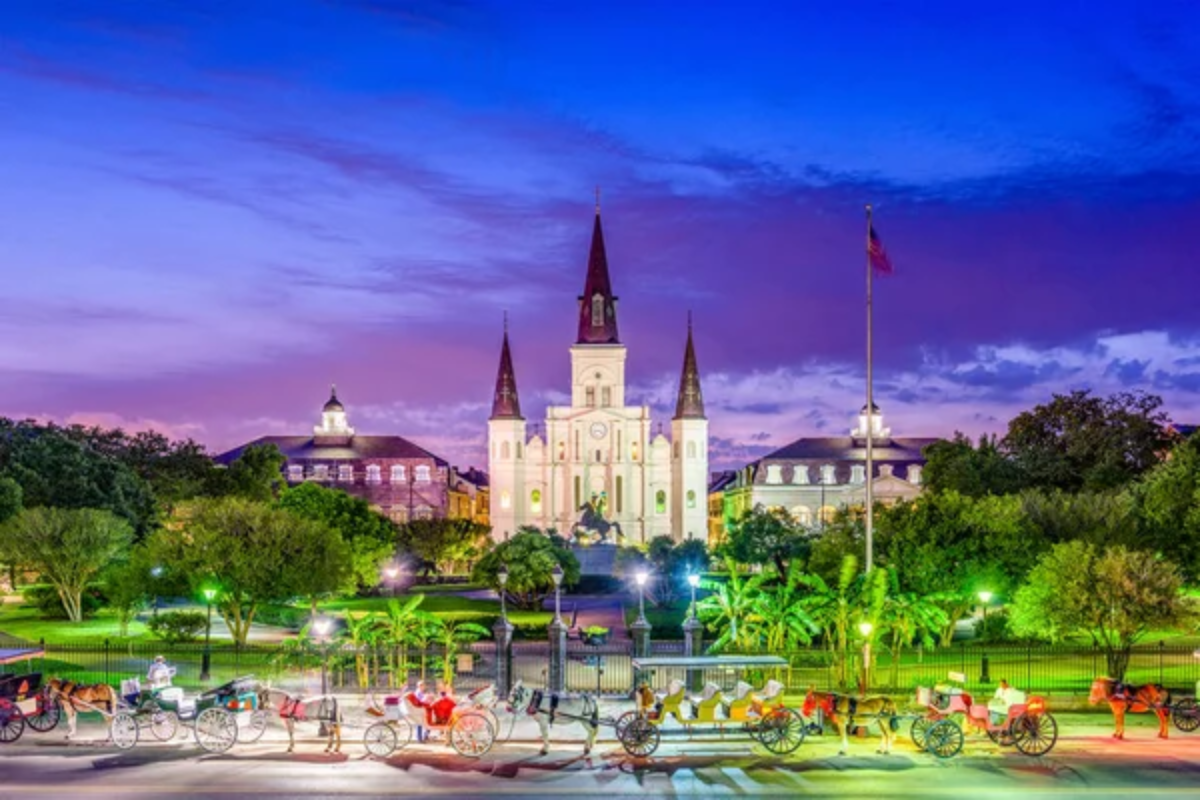
New Orleans might be famous for its food, music, and Mardi Gras celebrations, but its parks provide the stages on which the city’s unique culture unfolds. City Park spans 1,300 acres—making it one of America’s largest urban parks—and houses the world’s largest collection of mature live oak trees, some over 800 years old.
The park’s attractions include the New Orleans Museum of Art, Botanical Garden, and Morning Call Café, serving beignets and café au lait 24 hours a day. Audubon Park, designed by John Charles Olmsted in the late 19th century, provides a lush retreat in the Uptown neighborhood with its famous 1.8-mile walking loop circling majestic oak trees.
Along the Mississippi, Crescent Park has transformed former industrial wharves into public spaces offering unparalleled river views and a connection to the city’s maritime heritage.
Anchorage, Alaska
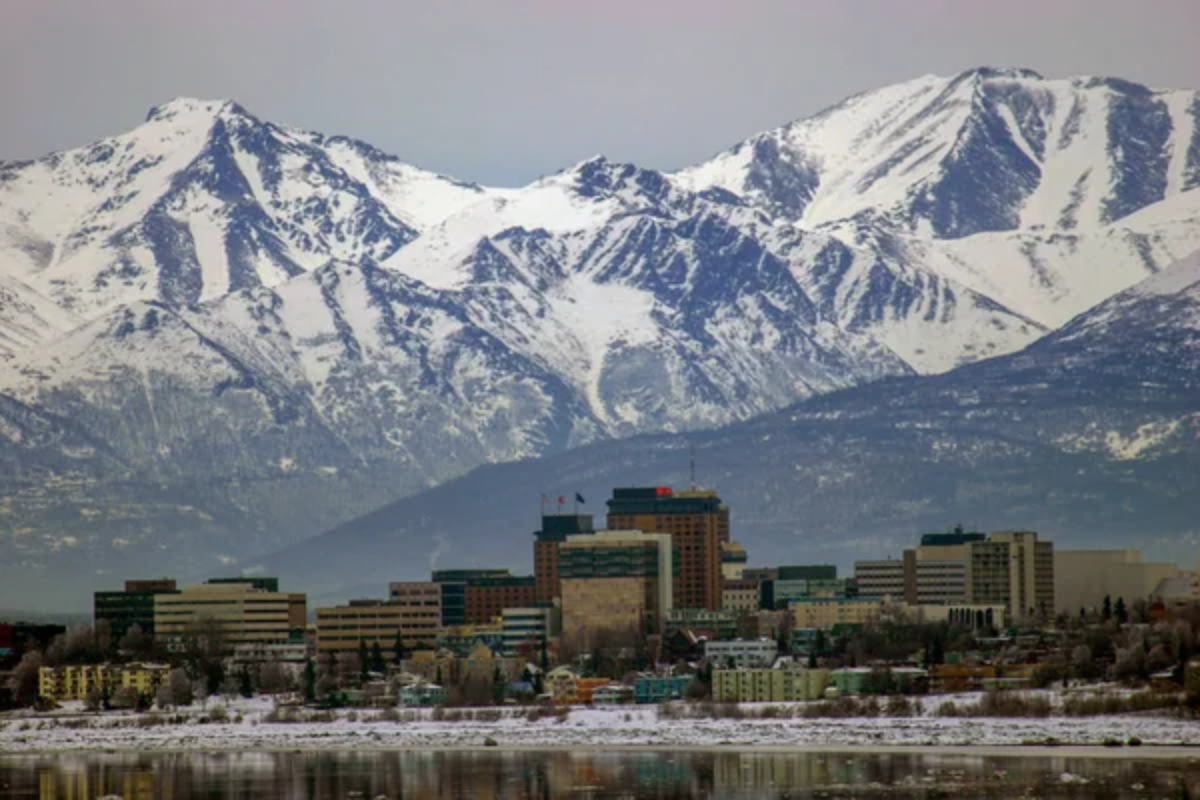
Anchorage proves that parks aren’t just summer amenities—its 223 parks and 250 miles of trails transform with the seasons to provide year-round outdoor experiences. Kincaid Park spans 1,400 acres at the city’s western edge, with moose frequently outnumbering humans on its 40 miles of trails used for mountain biking in summer and Nordic skiing in winter.
Far North Bicentennial Park and adjacent Hillside Park combine to form a 4,000-acre wilderness area within municipal boundaries, home to bears, lynx, and wolverines. The Tony Knowles Coastal Trail follows the shore of Cook Inlet for 11 miles, offering views of Denali on clear days and potential beluga whale sightings.
These expansive natural areas make Anchorage an outdoor enthusiast’s dream, with genuine wilderness experiences available just minutes from downtown high-rises.
Cincinnati, Ohio
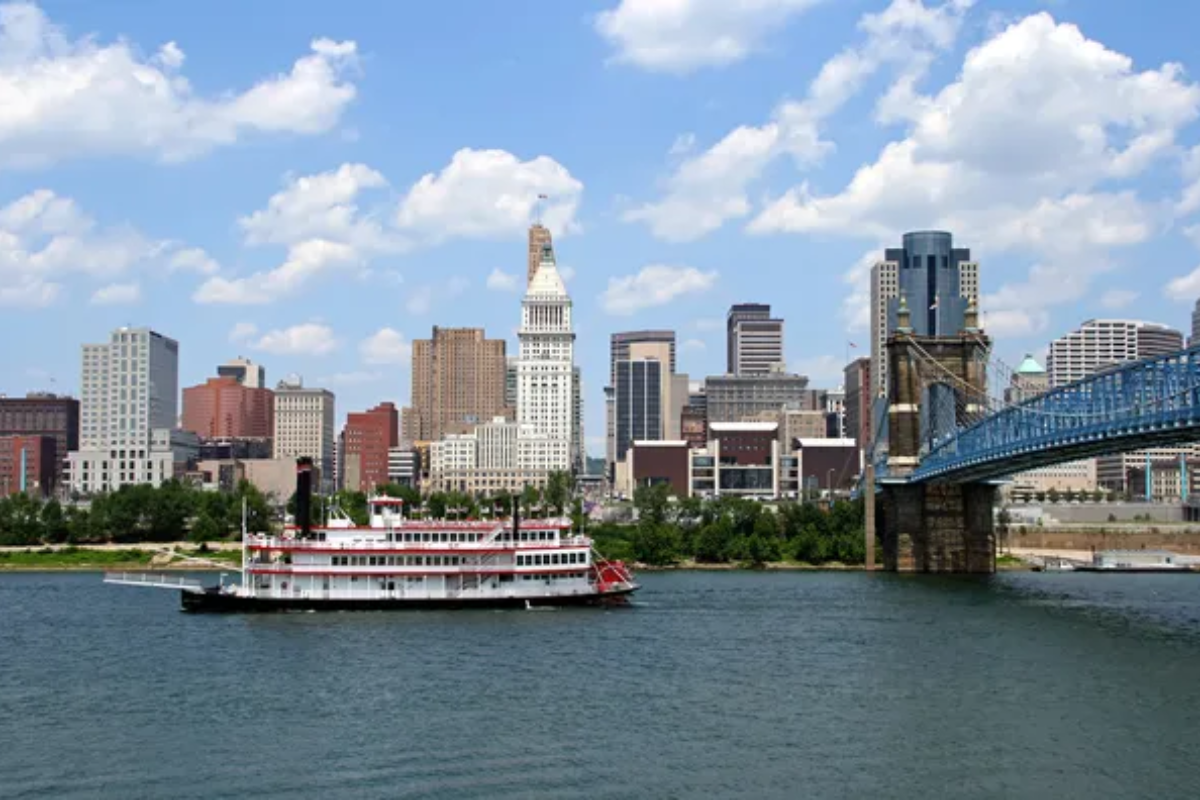
Cincinnati’s park system punches well above its weight for a mid-sized city, covering more than 5,000 acres across 100+ parks. Eden Park occupies 186 hillside acres overlooking the Ohio River, housing the Cincinnati Art Museum, Conservatory, and the iconic Hinkle Magnolia Garden with its spring display of blooming tulips. Washington Park, recently renovated, anchors the revitalized Over-the-Rhine neighborhood with its interactive water feature and outdoor concert venue.
Smale Riverfront Park has transformed the downtown waterfront with features like the Rosenberg Swings that let visitors sway while enjoying skyline views. The city’s commitment to parks extends to ambitious projects like the Cincinnati Parks Foundation’s ongoing efforts to create continuous riverfront green space connecting existing parks into a cohesive system that enhances the quality of life for residents across all neighborhoods.
Like Travel Pug’s content? Follow us on MSN.
Boulder, Colorado
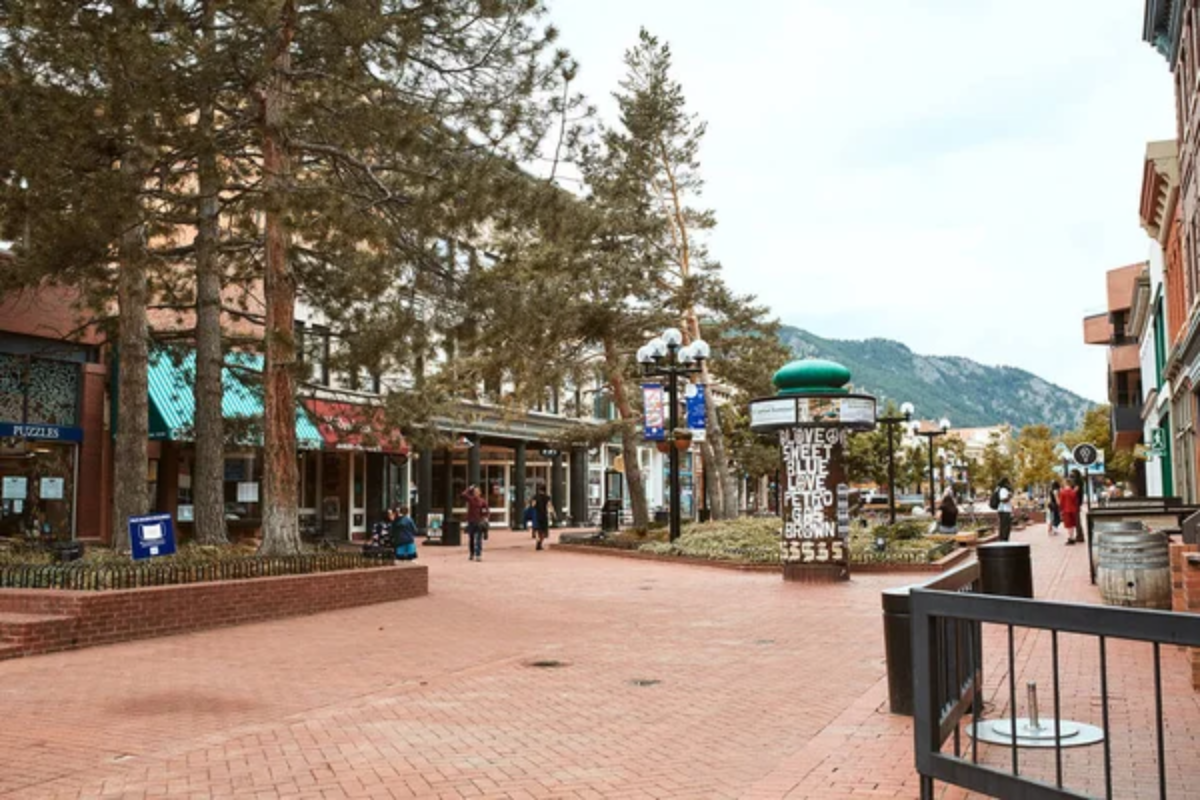
Boulder’s extraordinary park system encompasses both manicured urban spaces and rugged mountain preserves. The city pioneered the concept of a greenbelt with its Open Space and Mountain Parks program, which has preserved more than 45,000 acres of land surrounding the city—creating a buffer against development while providing recreational access.
Chautauqua Park serves as the gateway to the iconic Flatirons, where hiking trails ascend from flower-dotted meadows to dramatic sandstone formations. Pearl Street Mall, while technically a pedestrian shopping district, functions as a linear park with play areas, street performers, and outdoor dining.
The Boulder Creek Path follows its namesake waterway through the heart of the city, creating a 5.5-mile riparian corridor where residents tube in summer and cross-country ski in winter—embodying the city’s commitment to outdoor recreation regardless of season.
The Green Legacy
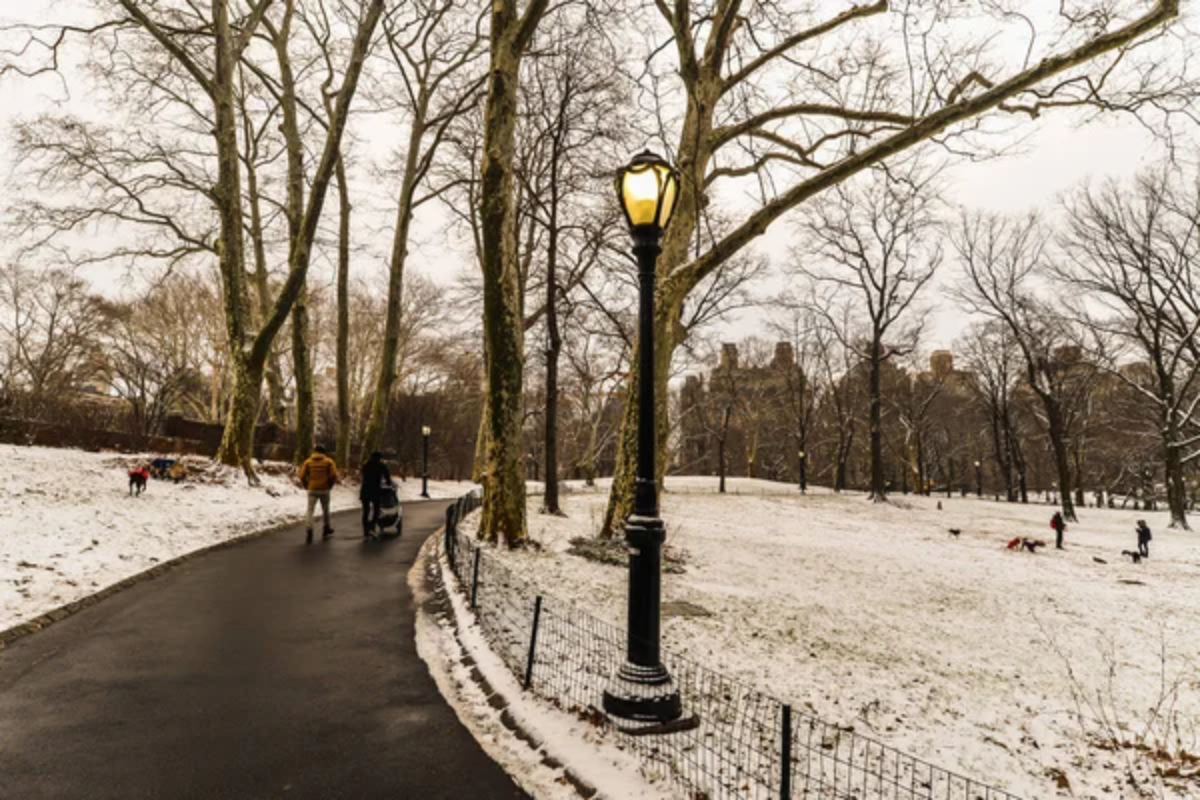
These fifteen cities demonstrate how parks can become the defining feature of urban identity, drawing visitors specifically for their green spaces and enhancing the quality of life for residents. While different in geography, scale, and design, these park systems share a common thread—they’ve moved beyond being mere amenities to become central to their cities’ character and appeal.
They remind us that sometimes the most attractive urban destinations aren’t defined by what humans have built up but rather by what they’ve chosen to leave open, accessible, and green for everyone to enjoy.
More from Travel Pug

- Cities Growing so Fast You Won’t Recognize Them in 10 Years
- 13 Destinations Where Tourists Regularly Regret Their Trip
- 16 U.S. Cities That Are Quietly Becoming Travel Hotspots
- Where to Travel If You Love Long Bus Rides and Daydreams
- 20 Cities Perfect for Solo Travelers Who Crave Adventure & Culture
Like Travel Pug’s content? Follow us on MSN.
